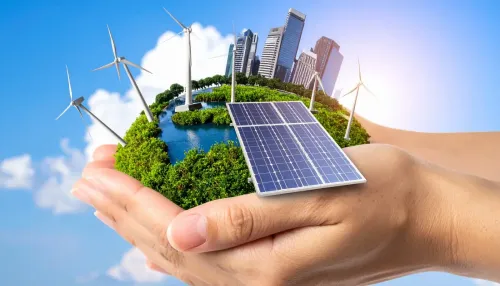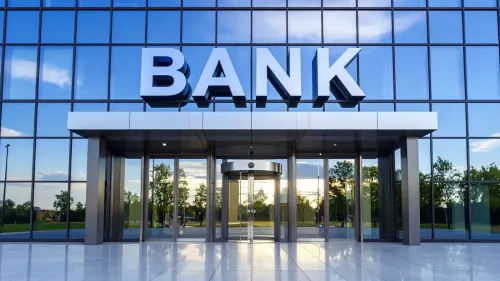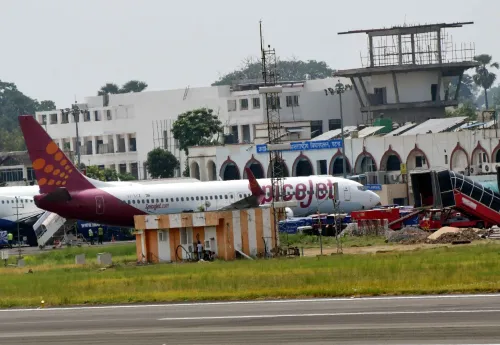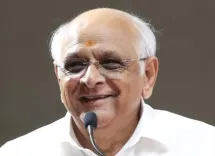How Does the Large Size of India's Domestic Market Protect It from US Tariff Increases?
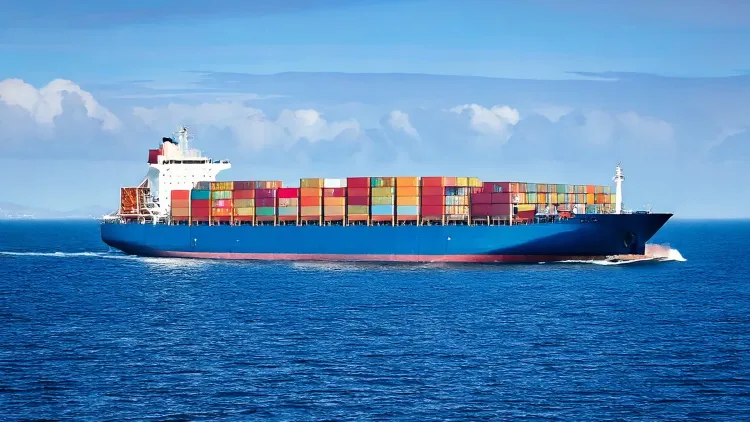
Synopsis
Key Takeaways
- India may face tariffs up to 25% without a finalized trade deal.
- Large domestic market mitigates potential economic impacts.
- India's exports to the US are only 4% of GDP.
- Discussions on agricultural trade remain a major hurdle.
- Economists predict 6.5% growth in FY26 despite challenges.
New Delhi, July 30 (NationPress) India’s exports may encounter tariffs as high as 25 percent if a bilateral trade agreement with the US is not reached by August 1. However, economists believe that the macroeconomic consequences of such tariff increases will be mitigated by the vastness of the country’s domestic market.
A recent report by Morgan Stanley highlighted that India is the "most well-positioned country in Asia" amidst the global uncertainties sparked by US President Donald Trump threatening to increase tariffs. This is largely due to India’s relatively low goods exports to GDP ratio.
According to the report, "While India faces direct tariff risks, we believe it is less affected by a global goods trade slowdown, given that it possesses the lowest goods exports to GDP ratio in the region."
A report from Fitch indicated that the substantial size of India’s domestic market, which decreases reliance on external demand, is anticipated to shield the economy from US tariff hikes, with growth projected at 6.5 percent in FY26.
Economists argue that the potential of India’s exports also hinges on the tariff levels imposed in comparison to competing nations like China.
Officials from the US and China agreed to pursue an extension of their 90-day tariff truce following two days of discussions in Stockholm, aiming to resolve a trade conflict that could escalate tariffs into the triple digits. While China leverages its dominance over rare metals as a negotiating tool, US negotiators have stated that President Trump will make the final decision.
The US has set a August 1 deadline for India and other nations to finalize a trade agreement or face increased tariffs. Indian and American representatives have been in talks for several months. A delegation led by chief negotiator Rajesh Agrawal returned from Washington after discussions with US officials without finalizing an agreement on contentious issues surrounding agricultural and dairy product trade.
The US is seeking broader market access for its agricultural and dairy products, a significant hurdle since this issue is crucial for India’s small farmers, making it a sensitive topic. Nevertheless, India would be able to import more energy products and defense equipment from the US once the agreement is finalized.
While India aims to secure an exemption from President Trump's 26 percent tariffs by signing an interim deal before August 1, it is also advocating for substantial tariff concessions for its labor-intensive exports like textiles, leather, and footwear.
A recent report from SBI Research indicates that India’s exports to the US constitute only 4 percent of its GDP, suggesting that the direct impact of tariff increases on Indian goods would be "limited." Exports to the US have been on a downward trend since FY23, with their share of total exports around 17-18 percent. The top 15 items exported to the US accounted for 63 percent of total exports.
When questioned about the progress in trade negotiations with India, Trump remarked, "We're going to see. India has been a good friend, but India has charged basically more tariffs than almost any other country."
"But now I'm in charge, and you just can't do that," he concluded.


